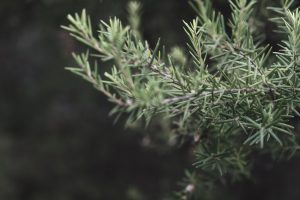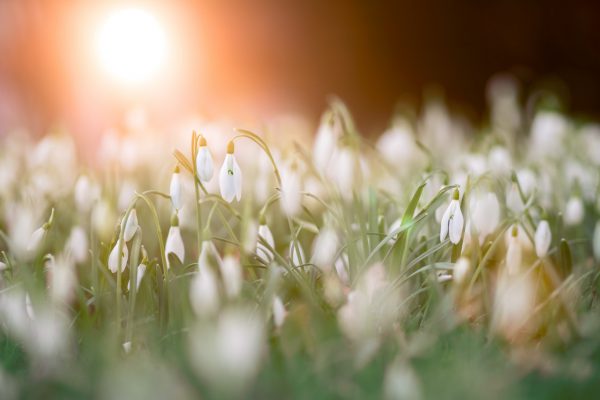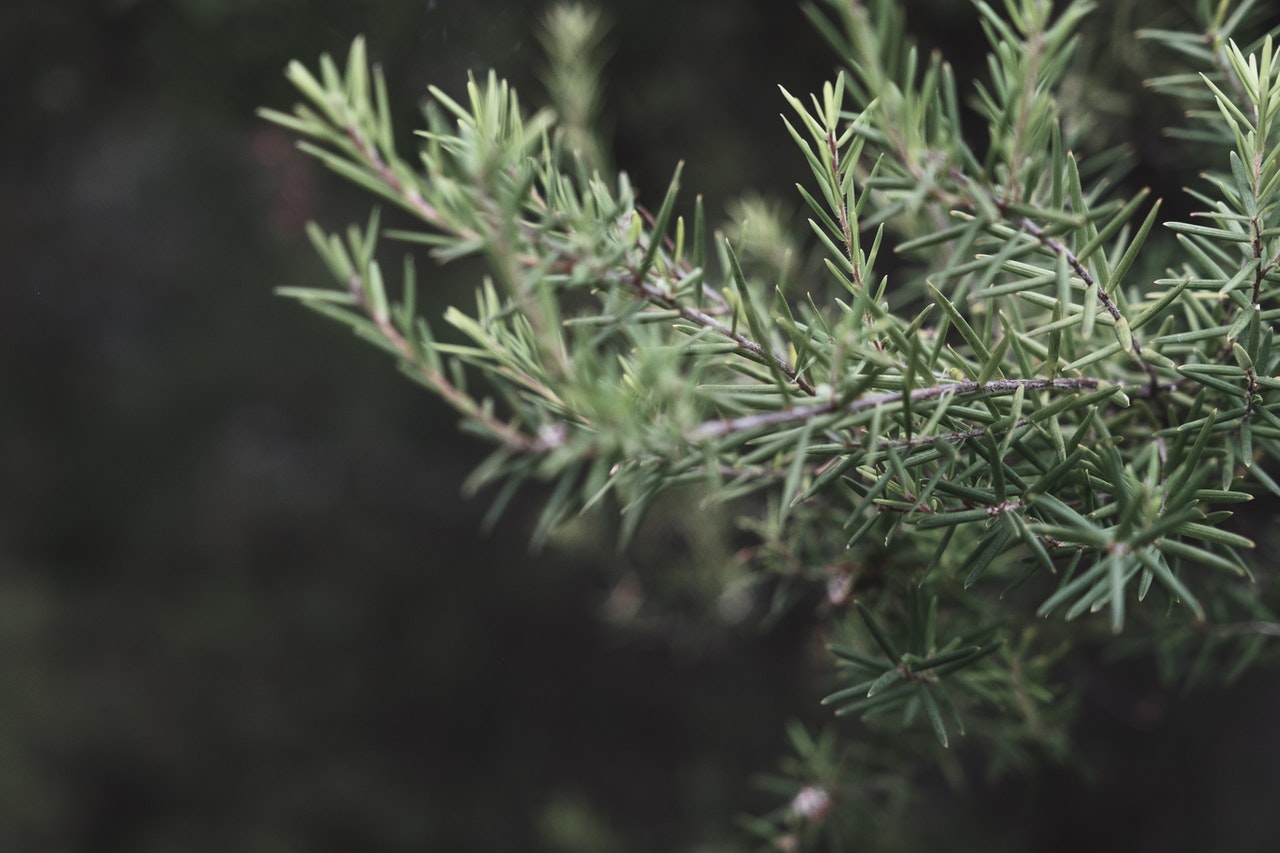Ten of the Best Plants for Shady Spots
One of the most common questions we get is: “My garden gets lots of shade. What can I plant other than hostas?”
Below is a list of out top shade loving plants. If you have a shady area that could use a little visual excitement, we encourage you to give a couple of these plants a try.
- Heuchera

Heucheras make fine plants for shady sites. Plant breeders have had a field day with the genus Heuchera. There seems to be no end to the variations in leaf color: silvery, burgundy, purple-black, chartreuse, salmon and rusty orange. With Heuchera, it’s the foliage that provides the visual excitement, though some varieties also have showy flowers on tall, slender stems. The variety in the photo is called Chocolate Ruffles.
- Lamium Maculatum

A low, spreading plant with silvery foliage and purple, pink, red or white blooms in early summer. In shady locations, this plant spreads happily without being invasive. It can easily be sectioned so that you can replant a portion of it in another location.
- Tiarella Cordifolia
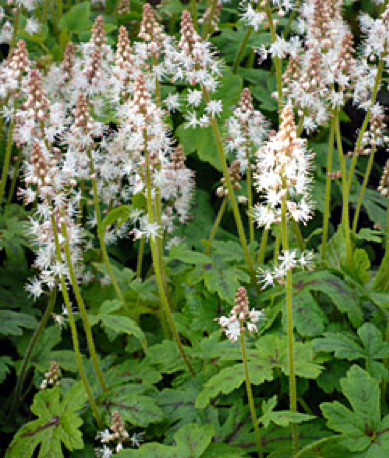
Similar to Heuchera in leaf and form, Tiarella has matte rather than shiny leaves, which gives it a slightly more “natural” look. The bottle-brush flowers are white or pale pink and create a showy display in a border. New varieties often feature burgundy-red leaf veins.
- Pulmonaria

Another plant with beautiful silvery foliage. Leaves are typically long and narrow, and may be entirely silver, spotted with silver or randomly splashed with silver. Lungwort flowers in spring and its blossoms are quite showy, ranging in colour from white through pink and blue — with different colours often appearing on the same plant.
- Astilbe

Known best for their colourful flower plumes, many of the newer Astilbe varieties also have showy foliage that may be bronze, pale green, blue green, dark green or wine red. If you choose varieties with different foliage colours, bloom times and heights, they can add lots of interesting colour and texture throughout the season.
- Digitalis (Foxglove)

Most foxgloves are biennials, which means they spend their first year growing foliage, their second year flowering and then they die. This may sound troublesome, but the plants usually reseed and sort things out so you actually have flowers appearing every year. I find Digitalis grandiflora the easiest and most reliable of the bunch.
- Primula

Always thought to be difficult to grow, they are actually very easy as long as you provide shade and and a moist soil. There are 425 species of primula. They come in every colour of the rainbow and range in size from little 3-inch dwarfs to 4-foot giants. The photo shows Primula denticulata, also known as the drumstick primula. Colours range from white through to lilac, pink and deep red.
- Euphorbia

The beautiful, burgundy-leaved Euphorbia dulcis does self sow, but the seedlings can be easily removed (and given to appreciative visitors). Euphorbia polychroma (shown), is a dome of chrome yellow in late spring. In warmer areas, try Euphorbia polychroma ‘Bonfire’, which has three seasons of colour. A variety named Jessie grows up to 4 feet tall.
- Alchemilla
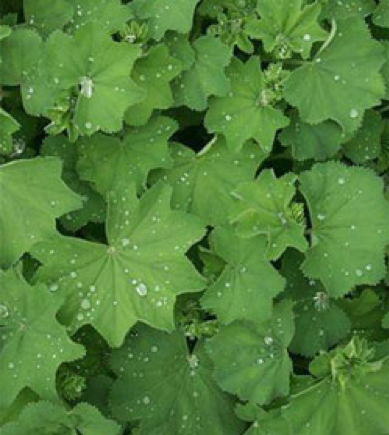
When water falls on this plant’s pleated leaves, it beads up into dazzling little jewels. The flowers, which appear in early June, are yellow-green and make a fabulous filler for bouquets of almost any colour. This is a very long-lived and trouble-free plant. The standard-size plant is Alchemilla mollis. For small spaces, look for Alchemilla erythropa, which only gets about 6 inches high.

